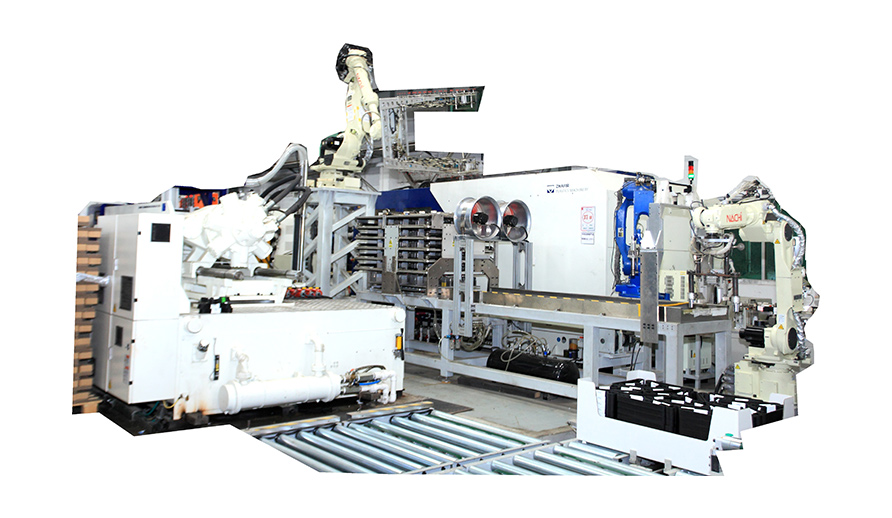wecan01@wecan-machine.com
|
+86-18825990919
+86-07502632972
The supply of flexibility, high precision, scalability, and efficiency put industrial automation to the fore in this cut-throat competition era. The Fully Automatic Plastic Hanger Manufacturing Line is taking the production of the hangers, which has been traditionally reliant on high amount of manpower, into a whole new level where it is integrated into one synchronized automated system. This method employs specialized technologies to facilitate the meeting of all requirements associated with quality at the same time as utilizing less manpower and lowering production costs.
The process commences when raw plastic materials are fed into the system where they are put through an injection molding process to allow for hangers which are of the required shape and size to be produced. After the molding stage, the hangers are automatically swung into conveyor belts where additional items such as hooks, notches, or certain design-specified items are attached. The system also has a finishing stage that polishes the hangers to minimize and erase certain imperfections thus reducing the amount of frictions generated when they are in their packaging state. All in all the net outcome is a hanger that is pristine and is in excellent condition ready for retail or wholesale sale.
The other feature of this automated line is its ability to swivel to the production of many different hanger designs namely the clip on, standard or the specialty type. This is especially advantageous as it enables manufacturers to meet the demand of various and distinct sectors such as retail apparel shops, hotels and domestic consumers without losing speed or quality of the end product.

The use of the Fully Automatic plastic hanger manufacturing line greatly improves the production rate while at the same time maintaining the quality of each lot, which was not possible in the case of manual production, where chances of making errors are high. Now each hanger will be formed with identical specifications, thus reducing wastage, and allowing for achieving higher efficiency levels. Additionally, its green architecture is geared towards saving the energy and cutting down material losses which are some of the key concerns of modern times.
Depending upon the requirements of the manufacturer regarding production, it could be in terms of adapting the system to different sizes or adding special features such as clips or padding more features can be included. It is easy to operate as the controls are self explanatory and pre-set functions allow easier operation and less learning time for the operators to make changes when needed.
This is, in total, an almost fitting system for high demand industries. It sits well in retail ensuring that there is enough supply of above the line hangers used in clothing presentation and in the hotel industry which specifically makes hangers for hotels and resorts. This system can also help home goods manufacturers to produce low cost and good quality hangers for households. This was the aim behind designing this production line, and that is what it provides; be it anything it does so at scale and provide results which are consistent and reliable.
Conclusion
One of the automated solutions a company can introduce to its production capabilities is the Fully Automatic Plastic Hanger Manufacturing Line. The advantages that come along such a solution such as reducing the time of production and increasing the accuracy of operations makes it possible to produce a large number of plastic hangers in a short period of time with the least environmental impact. This advanced system enables these businesses to supply the retail, hospitality, and home goods industries on time while minimizing the costs and keeping the highest standards of quality.
Investing into this production line is not only about making the processes more efficient but also about enhancing competitiveness where the market is changing swiftly. As the global focus shifts towards automated processes, the Fully Automatic Plastic Hanger Manufacturing Line guarantees fantastic results while ensuring that processes and production are all ready for the shift.